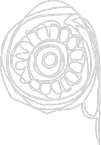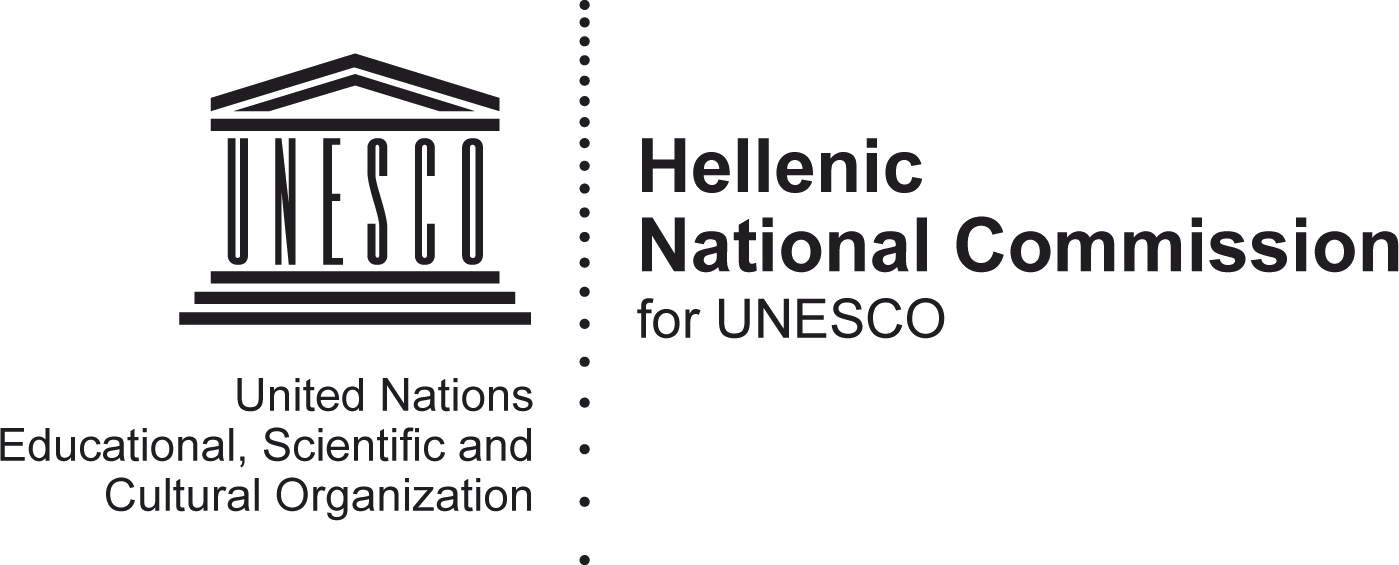SCIENTIFIC COORDINATOR
Antigoni Zournatzi
Director of Research, Institute of Historical Research
National Hellenic Research Foundation
azourna [AT] eie.gr
RESEARCH PARTICIPANTS
Seyedabazar Shobairi, Research Assistant, 2014-2015
PhD Candidate, Department of History and Archaeology
University of Athens
sshobairi [AT] arch.uoa.gr
IMPLEMENTATION AND TECHNICAL SUPPORT
Dimitris Nektarios Counalakis
coudim [AT] cc.uoc.gr
ARTISTIC DESIGN
METROPOLIS Graphic Arts S.A.
art [AT] metropolispress.com
ACKNOWLEDGMENTS
Since its inception in 2011, the project has benefited from the encouragement, support and collaboration of numerous colleagues and institutions.
For their warm reception of the idea of developing a collaborative project on ancient Greek-Iranian cultural encounters in Iran and for suggestions that nourished this effort in its first formative steps, grateful thanks are due to Dr. D. Akbarzadeh, Dr. G. G. Aperghis, Prof. A. Askari Chaverdi, Prof. G. Azarpay, Dr. R. Boucharlat, Dr. A. Bousdroukis, Dr. P. Bouyia, Prof. P. Briant, Prof. T. Daryaee, Prof. M. Korres, Ms. K. Kritikakou-Nikolaropoulou, Prof. M. J. Olbrycht, Mr. M. Rahbar, Prof. Sh. Razmjou, Prof. M. Roaf, Prof. G. Rougemont, Dr. V. Sarkhosh Curtis, Prof. D. Stronach and Prof. M. Waters.
Dr. G. G. Aperghis, Prof. M. Roaf and Prof. D. Stronach have graciously accepted to offer advice on various aspects of the endeavor from its initial formulation ‘on paper’ to its conversion in a format appropriate for presentation on the World Wide Web.
Permission to reproduce the texts of Greek inscriptions from Iran published in the Corpus Inscriptionum Iranicarum, part II, vol. I.1 (nos. 1, 59-63, 65, 66, 70, 75), and texts and translations of Old Persian inscriptions in R. G. Kent’s 1953 edition of Old Persian: Grammar, Texts, Lexicon (American Oriental Series 33), was generously granted, respectively, by Prof. G. Rougemont and the Corpus Inscriptionum Iranicarum, and by the American Oriental Society.
For the provision of photographs and drawings of archaeological materials and sites, and maps presented in the Catalogue, as well as for permission to reproduce these, an equally grateful acknowledgment is due to Ms. F. Aghayari and Mr. A. Hozhabri (Karaftō Caves and inscription); Mr. M. T. Atāyi (limestone find and findspot, Rīšahr); Prof. P. Bernard (map of Persepolis plain); Dr. E. J. Keall and The Royal Ontario Museum (stucco decoration, Qalʿa ye Yazdegerd); Dr. R. Boucharlat, Prof. E. Haerinck, Dr. P. Monsieur and Iranica antiqua (stamped handle of Aristion’s amphora, Susa); Prof. P. Callieri (Seleucid milestone, Marvdāšt); Musée du Louvre/Mr. E. Revault (Greek-inscribed bronze weight, Susa); Dr. J. Nokandeh (Dir.) and the Staff of The National Museum of Iran (marble torso, Iḏeh; edict of Antiochus III, Nahāvand; Apadāna coins and 'Penelope' statue, Taḵt-e Jamšid; Greek-inscribed plaques, ‘Fratarakā Temple’; marble head by Antiochus, Susa; marble head, Šamī; marble head, Tall-e Żaḥḥāk); Oriental Institute of the University of Chicago (marble colonnette, Eṣṭaḵr; ‘Penelope’ statue and hand fragment, fragment of stone panel and Apadāna coins, Taḵt-e Jamšid); Mr. H. Fadaei (Dir.), Pasārgād World Heritage Site (aerial view of Pasārgād area); Mr. M. Rezaei-Monfared (Dir.), Persepolis World Heritage Site and Persepolis Research Archive (aerial views of Persepolis area); Persepolis World Heritage Site and Mr. S. A. Shobairi (site view, Eṣṭaḵr; Achaemenid reliefs and DPd-g inscriptions, Taḵt-e Jamšid); Mr. M. Rahbar (site views and volute capital, Ḵurha; Ionic capital, Nahāvand; statue of Marsyas, Tal-e Ḵandaq); Prof. M. Roaf (reconstruction drawings of scene on limestone panel and fragment positions, Taḵt-e Jamšid); Prof. D. Stronach (rock-cut tomb, Dā o Doḵtar; plan of Pasārgād structures; Seleucid milestone, Taḵt-e mādar-e Soleymān). The task of procuring appropriate illustrations for the Catalogue has been further facilitated by generous permissions to use quality images posted on the World Wide Web for academic purposes by the following organizations and individuals: Cultural Heritage, Handicrafts and Tourism Organization of Kermanshah and Mr. A. Matin (ruins, Kangāvar); Mr. P. Chavin (Simorg) and Wikimedia Commons (stone lion, Hamadān); The Metropolitan Museum of Art, New York (relief fragment with Greek graffiti, Taḵt-e Jamšid); The New York Public Library, New York (digital reproductions of drawings by P. Coste); Ninara and Wikimedia Commons (Heracles relief, Bīsotūn).
For assistance provided with regard to bibliographical matters and/or otherwise facilitating research needs, we wish to express our appreciation to Prof. S. Alibaigi, Dr. K. Alizadeh, Dr. K. Ananiades, Mr. M. T. Atāyi, Ms. M. Bordbar, Ms. F. Gerami, Mr. A. Hozhabri, Ms. E. Kalogridou, Ms. Z. Mahzoon, Mr. J. Mehr-Kian, Dr. A. Nagel, Dr. P. Paschidis, Ms. M. Rahsaz, Ms. M. Soroush, Mr. C. Zāre and Dr. Sh. Zāre. Links to collections of ancient texts available online in the Overview and Catalogue pages, and descriptions of sources listed under Online Resources are owed to the courtesy of the respective publishers, projects and organizations.
Last, but not least, the collection and recording of materials related to this project have benefited from the assistance offered during different terms of undergraduate student training by Mr. S. Delakos (University of Athens), Mr. K. Dimogiannis (Ionian University) and Mr. Ph. Ladias (University of Ioannina).


